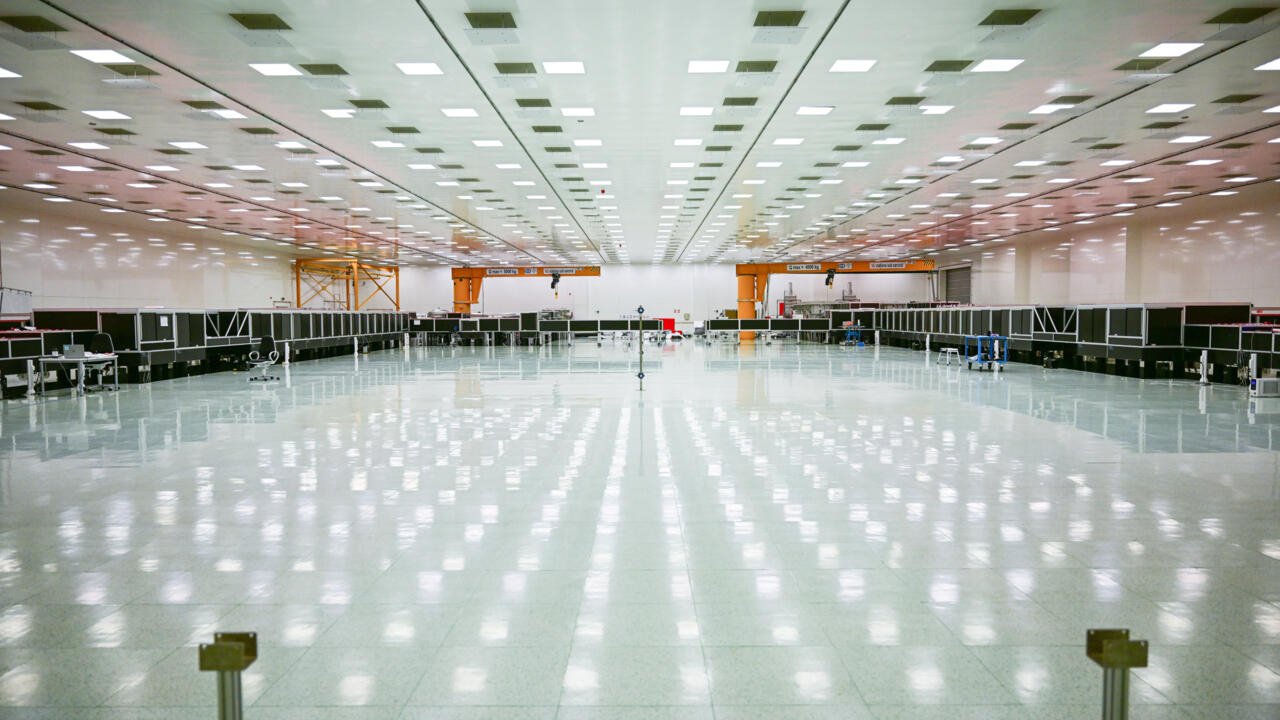Inside the control room of a research center near Bucharest, Romania, engineer Antonia Toma initiates a groundbreaking moment as she activates the world’s most potent laser. Developed by the renowned French company Thales and powered by Nobel prize-winning innovations, this laser holds the promise of transformative breakthroughs across various fields, from healthcare to space exploration.
The laser’s capabilities, recognized by the 2018 Nobel Physics Prize awarded to France’s Gerard Mourou and Canada’s Donna Strickland, are truly remarkable. Their pioneering work in harnessing laser power for precision instruments has revolutionized corrective eye surgery and industrial applications.
In the control room, Toma meticulously monitors a series of indicators before commencing the countdown, surrounded by screens displaying intricate light beams. Despite occasional moments of stress in this high-pressure environment, the 29-year-old engineer expresses joy and fulfillment in her work, particularly as international research teams gather at the center to witness tangible results.
Mourou reflects on the incredible journey that led to this momentous achievement, transitioning from three decades in the United States to spearheading this project in Europe. Originating from the European Union’s Infrastructure ELI project in the 2000s, the laser project symbolizes a monumental leap forward in scientific advancement.
The breakthrough technique of Chirped-Pulse Amplification (CPA), conceived by Mourou and Strickland, overcame previous limitations by safely amplifying laser power without compromising intensity. This innovation, capable of producing the shortest and most intense laser pulses ever recorded, has far-reaching implications.
Already applied in corrective eye surgery, CPA has paved the way for revolutionary applications, including more compact and cost-effective particle accelerators for cancer treatment. Furthermore, it holds potential in addressing challenges such as nuclear waste management and space debris mitigation.
Mourou envisions the 21st century as the age of the laser, with its profound impact poised to shape scientific progress and innovation. The scale of operations at the Romanian research center underscores the monumental significance of this achievement, marking a new chapter in humanity’s quest for discovery and advancement.



